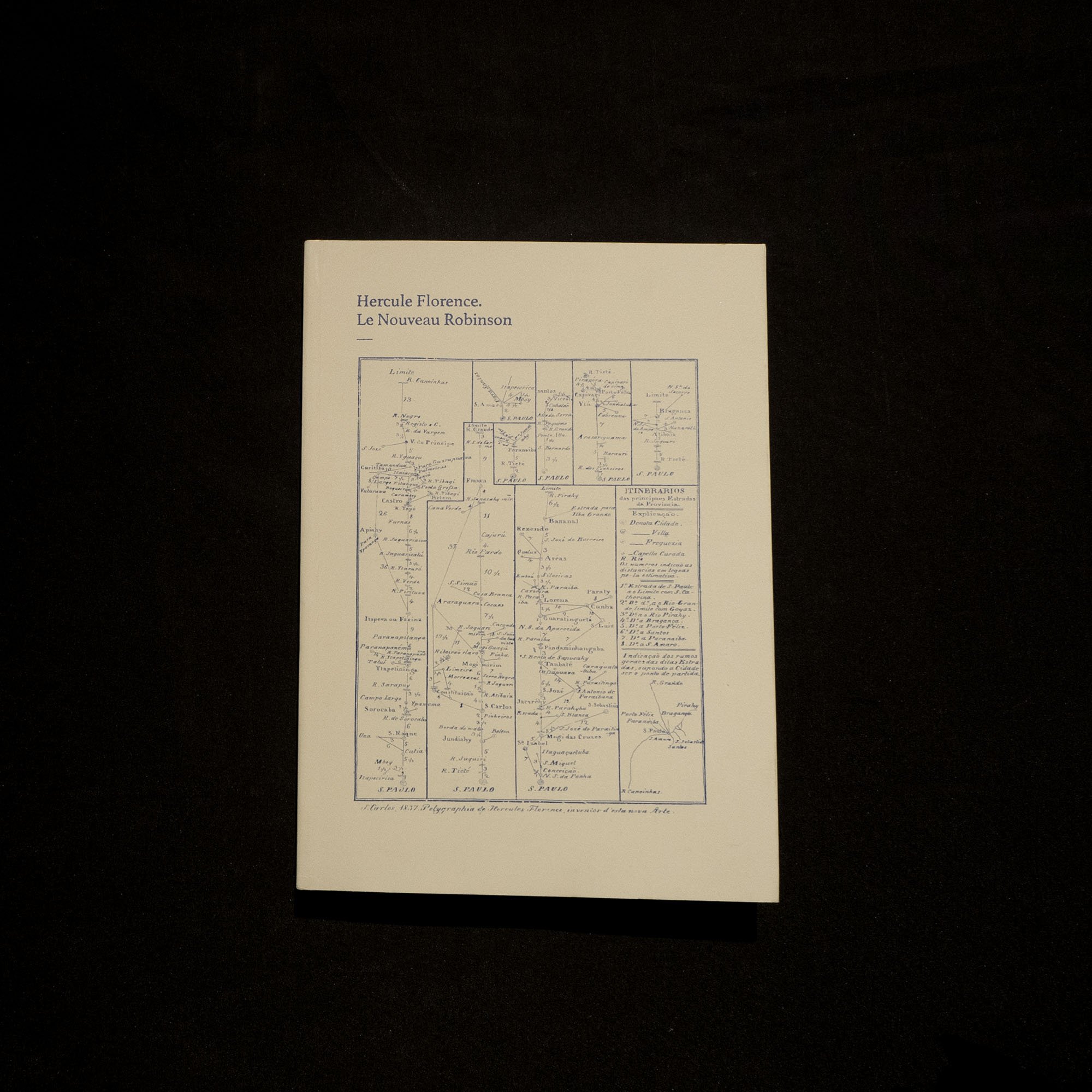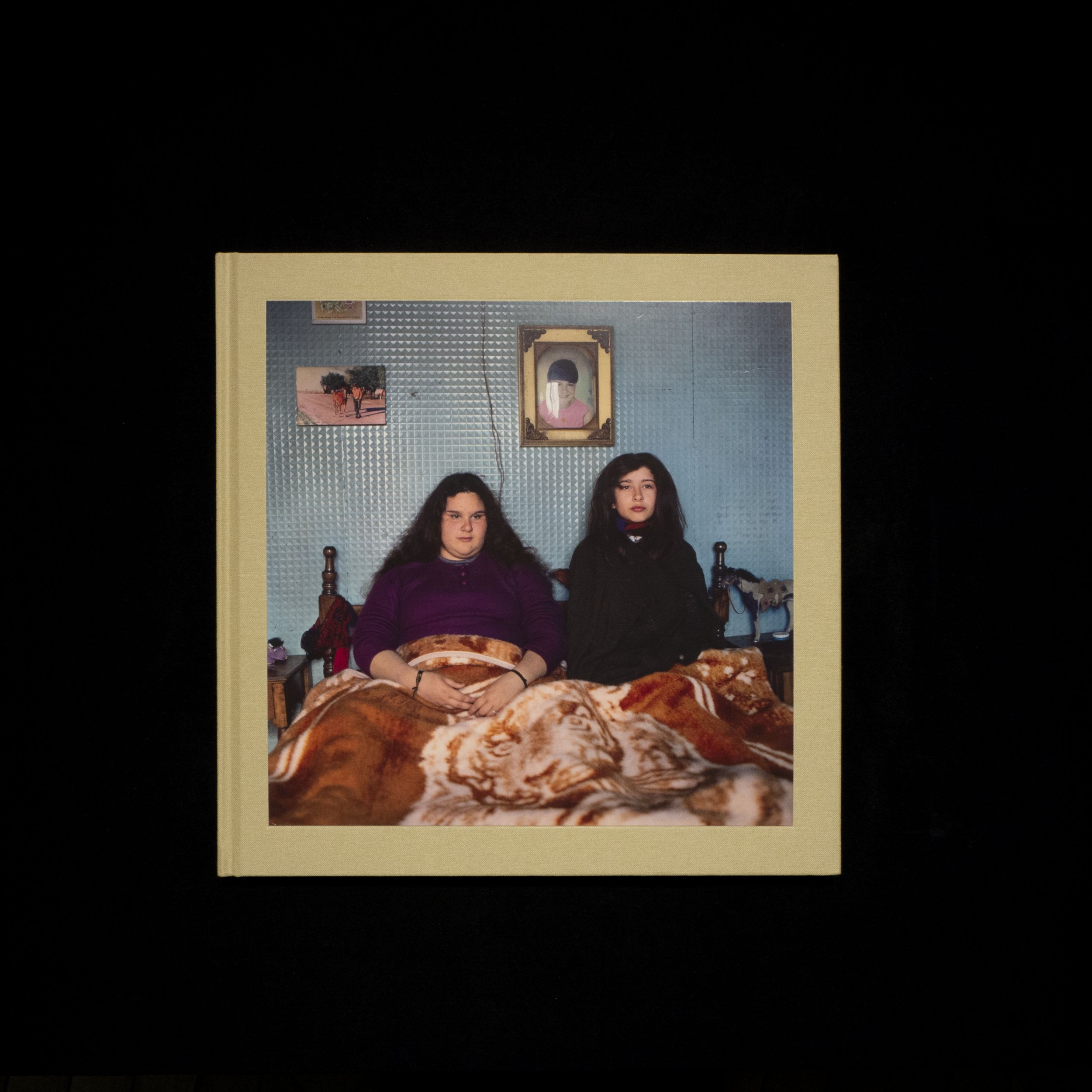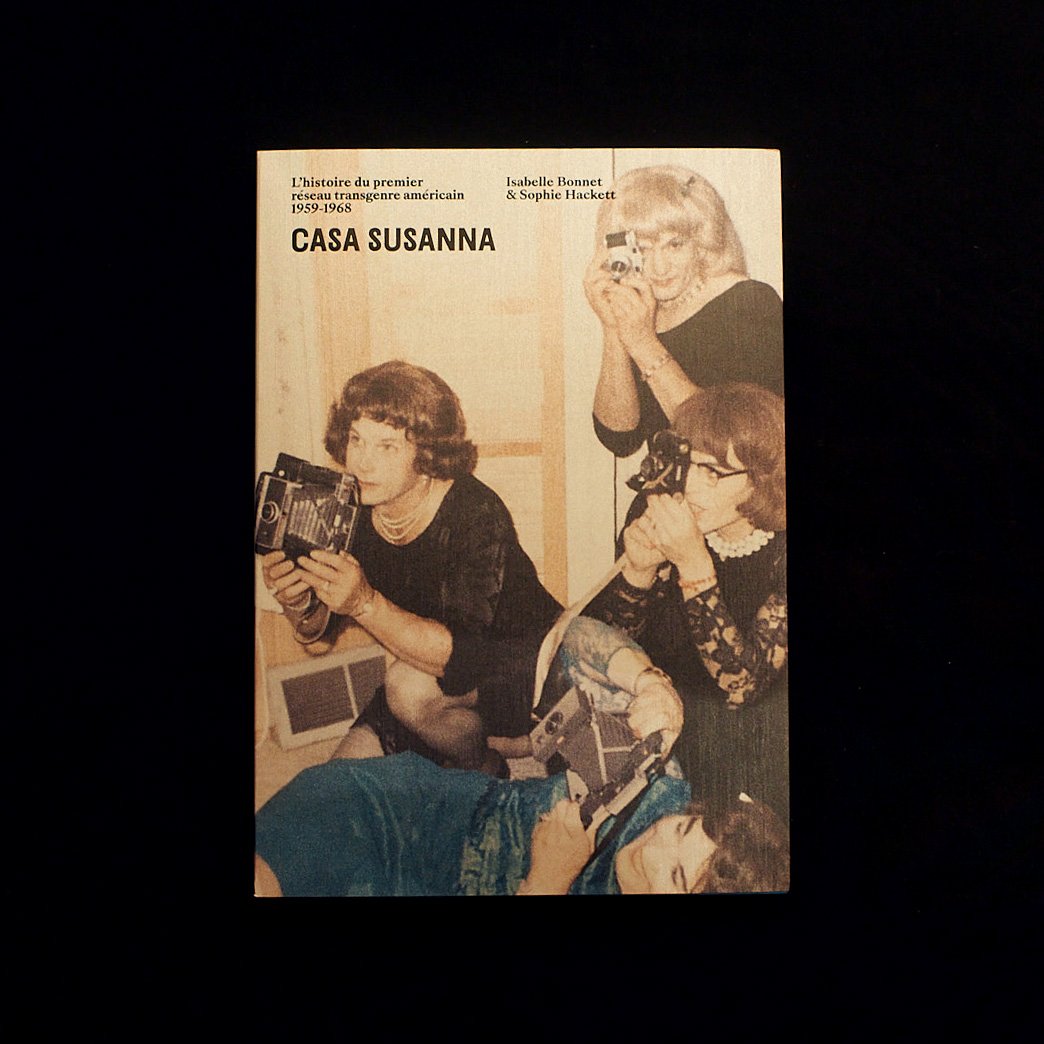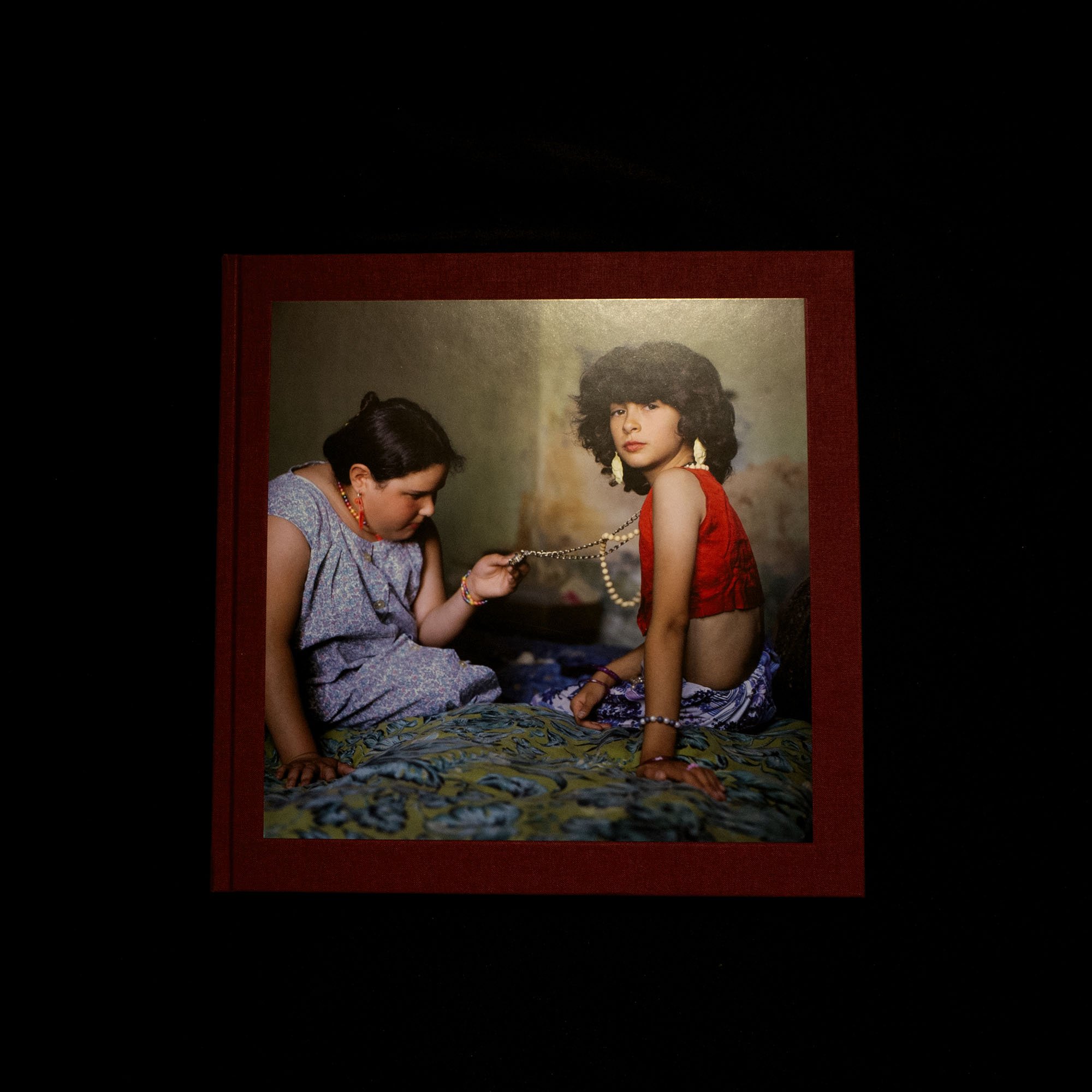 Image 1 of 1
Image 1 of 1


THE NEW ROBINSON - Hercule Florence
Publication accompanying a five-year research project devoted to the work of Monegasque-Brazilian inventor, explorer and artist Hercule Florence, who perfected a photographic process in Brazil as early as 1833. Through scientific contributions and previously unpublished archival documents, this book highlights his extraordinary career and genius.
Published on the occasion of the eponymous exhibition at Monaco's Nouveau Musée National from March 17 to September 24, 2017.
Antoine Hercule Romuald Florence was born in Nice in 1804, to a family originally from the Principality of Monaco. Young Florence emigrated to Brazil in 1823, and the following year joined the Langsdorff expedition as an illustrator, commissioned by Tsar Alexander I to explore the Mato Grosso. During this mission, full of uncertainties and dangers, he came to realize his talents as a scientist and inventor. After the Langsdorff expedition, in 1830, he settled with his first wife, Maria Angélica, in the small town of São Carlos (Campinas, today), where he worked in coffee production. Until his death in 1879, Hercule Florence wrote scientific texts and his diary, in which he analyzed and detailed his research into new printing processes, including polygraphy and pulverography, as well as photography, a field in which he is today considered a precursor. He produced a series of drawings depicting agricultural activities north of São Paulo, leaving behind a significant iconographic legacy that illustrates the process of coffee cultivation, then linked to slavery and deforestation.
Publication accompanying a five-year research project devoted to the work of Monegasque-Brazilian inventor, explorer and artist Hercule Florence, who perfected a photographic process in Brazil as early as 1833. Through scientific contributions and previously unpublished archival documents, this book highlights his extraordinary career and genius.
Published on the occasion of the eponymous exhibition at Monaco's Nouveau Musée National from March 17 to September 24, 2017.
Antoine Hercule Romuald Florence was born in Nice in 1804, to a family originally from the Principality of Monaco. Young Florence emigrated to Brazil in 1823, and the following year joined the Langsdorff expedition as an illustrator, commissioned by Tsar Alexander I to explore the Mato Grosso. During this mission, full of uncertainties and dangers, he came to realize his talents as a scientist and inventor. After the Langsdorff expedition, in 1830, he settled with his first wife, Maria Angélica, in the small town of São Carlos (Campinas, today), where he worked in coffee production. Until his death in 1879, Hercule Florence wrote scientific texts and his diary, in which he analyzed and detailed his research into new printing processes, including polygraphy and pulverography, as well as photography, a field in which he is today considered a precursor. He produced a series of drawings depicting agricultural activities north of São Paulo, leaving behind a significant iconographic legacy that illustrates the process of coffee cultivation, then linked to slavery and deforestation.





